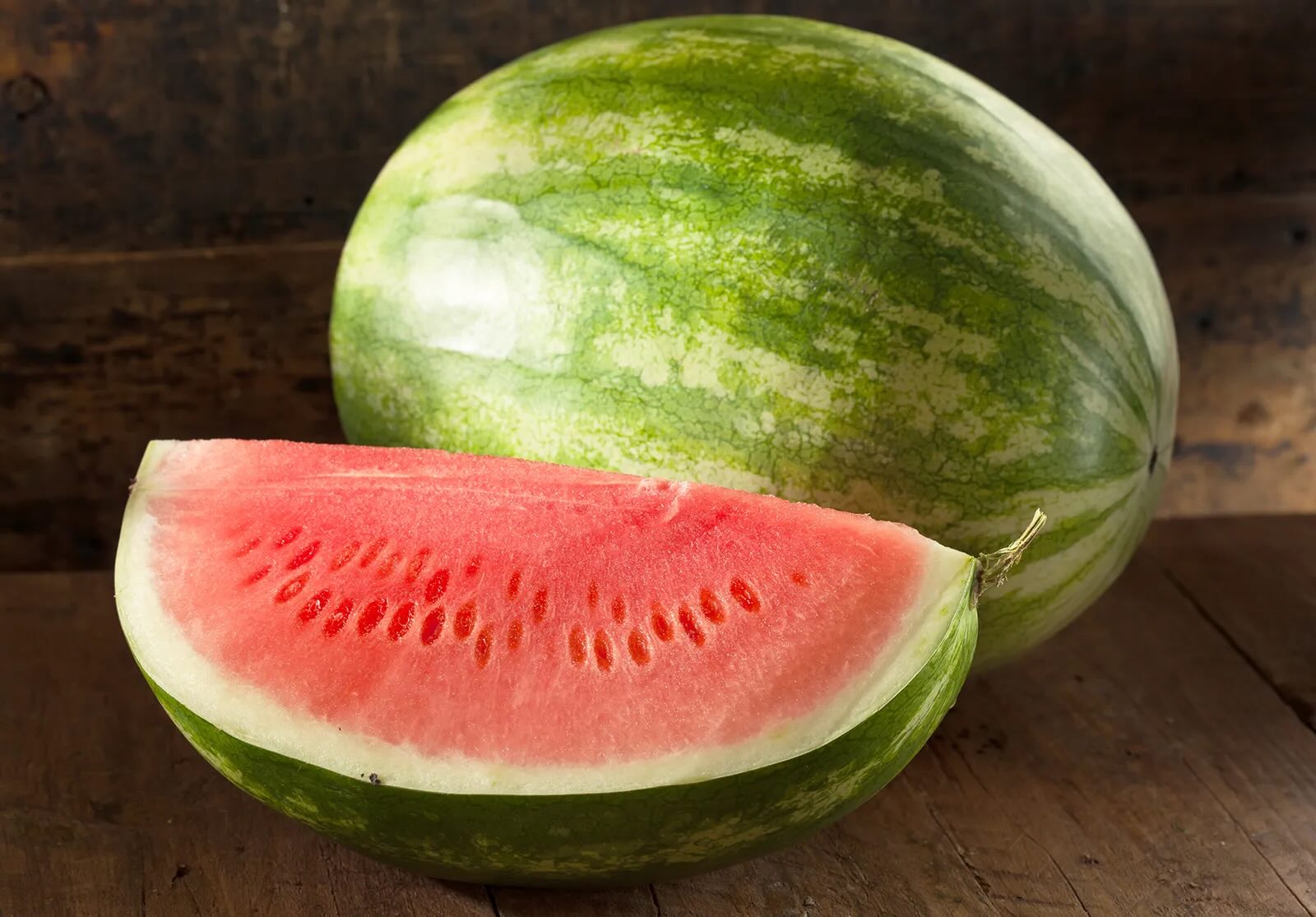
Parthenocarpy might sound like a complex term, but it's actually a fascinating process in the plant world. Ever bitten into a seedless watermelon or enjoyed a seedless cucumber? That's parthenocarpy at work! Parthenocarpy refers to the development of fruit without fertilization, resulting in seedless produce. This natural phenomenon can occur in various fruits, including bananas, grapes, and oranges. Farmers and gardeners often prefer parthenocarpic fruits because they are easier to eat and process. But how does this happen? Is it all natural, or do humans play a role? Let's dive into 27 intriguing facts about parthenocarpy to understand its benefits, challenges, and the science behind it.
What is Parthenocarpy?
Parthenocarpy is a fascinating phenomenon in the plant world. It refers to the development of fruit without fertilization. This means the fruit grows without seeds. Let's dive into some intriguing facts about parthenocarpy.
-
Parthenocarpy comes from Greek words "parthenos" (virgin) and "karpos" (fruit). It literally means "virgin fruit."
-
Seedless fruits like bananas, cucumbers, and grapes are often products of parthenocarpy. These fruits are popular because they are easier to eat.
-
There are two types of parthenocarpy: natural and artificial. Natural parthenocarpy occurs without human intervention, while artificial parthenocarpy is induced by humans using chemicals or genetic modification.
-
Hormones like auxins and gibberellins can induce parthenocarpy. These hormones trick the plant into developing fruit without fertilization.
-
Parthenocarpic fruits can be more desirable in agriculture. They often have a longer shelf life and are less prone to diseases.
Benefits of Parthenocarpy
Parthenocarpy offers several advantages, especially in agriculture and horticulture. Here are some key benefits.
-
Seedless fruits are often more appealing to consumers. People generally prefer fruits without seeds because they are easier to eat and prepare.
-
Parthenocarpic fruits can be grown in areas where pollinators are scarce. This is particularly useful in regions with declining bee populations.
-
These fruits can be produced year-round. Since they don't rely on pollination, they can be grown in controlled environments like greenhouses.
-
Parthenocarpy can increase fruit yield. Plants that produce seedless fruits often have more energy to devote to fruit production.
-
Parthenocarpic fruits are often more uniform in size and shape. This makes them more attractive for commercial sale.
Examples of Parthenocarpic Fruits
Many fruits we enjoy are products of parthenocarpy. Here are some common examples.
-
Bananas are one of the most well-known parthenocarpic fruits. The bananas we eat are typically seedless.
-
Seedless grapes are another popular example. These grapes are easier to eat and are often used in making raisins.
-
Cucumbers can also be parthenocarpic. Seedless cucumbers are often preferred for salads and pickling.
-
Pineapples can develop through parthenocarpy. This results in a sweeter, seedless fruit.
-
Some varieties of tomatoes are parthenocarpic. These tomatoes are often grown in greenhouses.
Challenges of Parthenocarpy
Despite its benefits, parthenocarpy also presents some challenges. Here are a few issues associated with parthenocarpy.
-
Parthenocarpic plants can be more susceptible to certain diseases. Without seeds, they may lack genetic diversity, making them more vulnerable.
-
Producing parthenocarpic fruits can be costly. The use of hormones or genetic modification can increase production costs.
-
There can be ethical concerns with genetically modified parthenocarpic fruits. Some people prefer natural fruits over genetically altered ones.
-
Parthenocarpic fruits may lack some nutritional benefits. Seeds often contain nutrients that are absent in seedless fruits.
-
Not all fruits can be made parthenocarpic. Some fruits require seeds for proper development and cannot be grown without them.
Future of Parthenocarpy
The future of parthenocarpy looks promising, with ongoing research and advancements. Here are some future prospects.
-
Scientists are exploring new ways to induce parthenocarpy. This includes developing new hormones and genetic techniques.
-
Parthenocarpy could help address food security. Seedless fruits can be grown in a variety of environments, increasing food production.
-
There is potential for creating new parthenocarpic fruit varieties. This could lead to more diverse and appealing fruit options.
-
Parthenocarpy could reduce the need for pesticides. Seedless fruits are often less prone to pests and diseases.
-
Advances in parthenocarpy could make fruits more affordable. Improved techniques could lower production costs, making fruits cheaper for consumers.
-
Parthenocarpy research could lead to better understanding of plant biology. Studying how plants develop seedless fruits can provide insights into plant growth and reproduction.
-
The demand for parthenocarpic fruits is likely to grow. As consumers continue to prefer seedless fruits, the market for parthenocarpic fruits will expand.
The Final Scoop on Parthenocarpy
Parthenocarpy, the process where fruits develop without fertilization, offers fascinating insights into plant biology. This natural phenomenon can be found in many fruits like bananas, cucumbers, and figs. It provides benefits like seedless fruit, which many people prefer for easier consumption and cooking. Farmers and gardeners also appreciate parthenocarpic plants for their consistent yields, regardless of pollinator availability.
Understanding parthenocarpy helps us appreciate the complexity and adaptability of plants. It also opens doors for agricultural advancements, ensuring food security and variety. Whether you're a curious reader, a student, or a gardening enthusiast, knowing about parthenocarpy enriches your knowledge of the natural world.
So next time you bite into a seedless fruit, remember the incredible process that made it possible. Parthenocarpy isn't just a scientific term; it's a key player in our daily lives and the future of agriculture.
Was this page helpful?
Our commitment to delivering trustworthy and engaging content is at the heart of what we do. Each fact on our site is contributed by real users like you, bringing a wealth of diverse insights and information. To ensure the highest standards of accuracy and reliability, our dedicated editors meticulously review each submission. This process guarantees that the facts we share are not only fascinating but also credible. Trust in our commitment to quality and authenticity as you explore and learn with us.
